Template Demand Letter for Robocalls Resolution
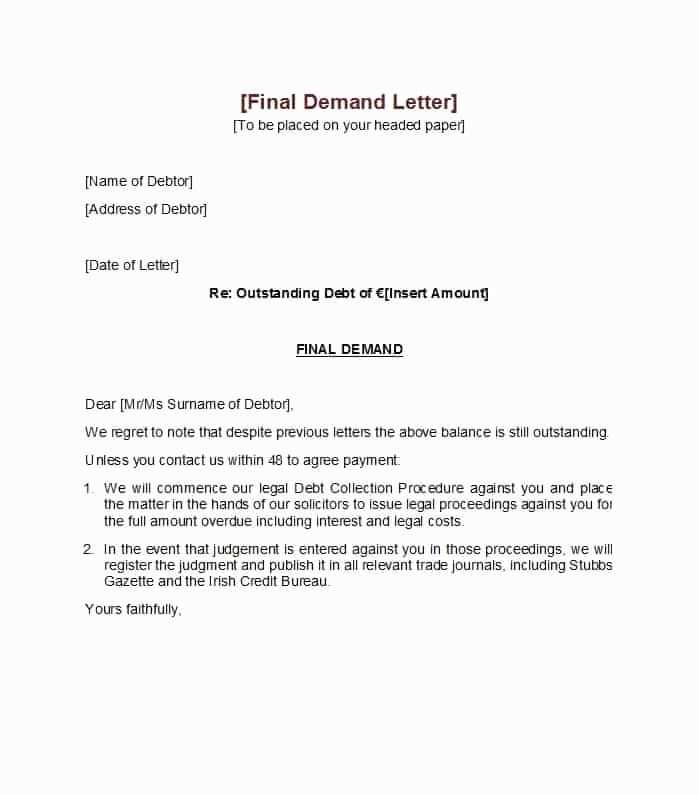
If you’re tired of receiving unsolicited calls from automated systems or marketers, it’s important to know your rights and how to address these intrusions. One of the best ways to deal with these calls is by formally requesting that the practice stops, and in some cases, taking legal action. A well-written formal communication can help resolve the situation, often prompting a quicker response than informal requests.
Understanding Your Legal Rights
The law offers protections against intrusive calls, particularly those made without consent. In many countries, there are strict regulations governing the use of automatic dialers and prerecorded messages. Understanding these regulations is crucial before taking steps to stop these calls. Familiarize yourself with acts like the Telephone Consumer Protection Act (TCPA) in the U.S., or similar laws in your jurisdiction, as these laws are designed to limit such practices.
Key Information to Include in Your Formal Request
Your formal communication should include the following key points:
- Personal information: Include your name, address, and contact details to clearly identify yourself.
- Details of the violation: Specify the type of calls you’ve been receiving and when they occurred. Provide any relevant reference numbers or timestamps if possible.
- Request for cessation: Clearly state your demand for the immediate stop of all unsolicited calls.
- Legal consequences: Mention that failure to comply may lead to legal action, including fines or other penalties.
How to Customize Your Document
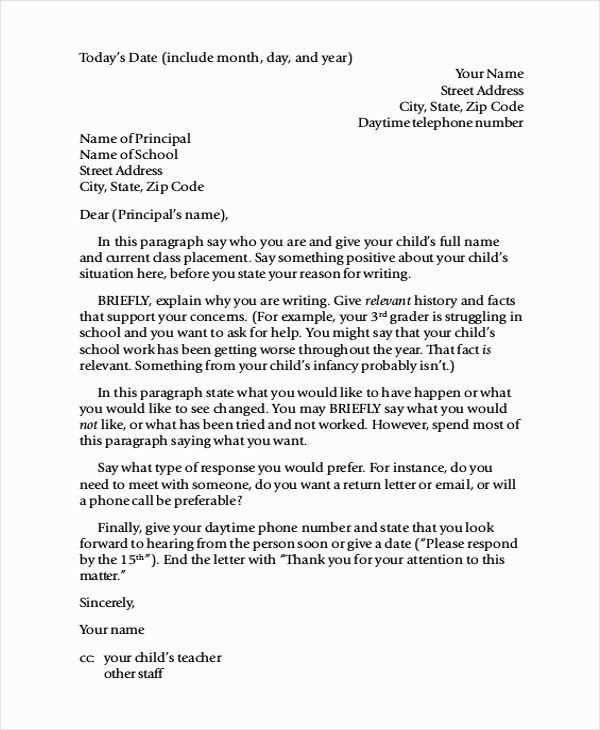
It’s important to tailor the message to the specific situation. Begin by filling in your personal information and the details of the calls you have received. Be clear and concise when describing the issue, making sure not to include excessive information that could cloud your main request. The goal is to make the communication as straightforward and professional as possible.
What to Do After Sending the Communication
Once you’ve sent the formal request, it’s important to track your correspondence. Keep copies of the document and any responses you receive. If the calls persist, you may need to escalate the situation by contacting regulatory bodies or pursuing legal action. In some cases, the situation can be resolved quickly if the recipient realizes the gravity of the violation.
Taking Legal Action
If you do not receive a response or if the calls continue after the request has been made, you may have legal recourse. Consulting with an attorney who specializes in consumer protection or telecommunications law is a wise next step. They can advise on the best course of action and help you navigate the legal process if necessary.
Preventing Future Calls
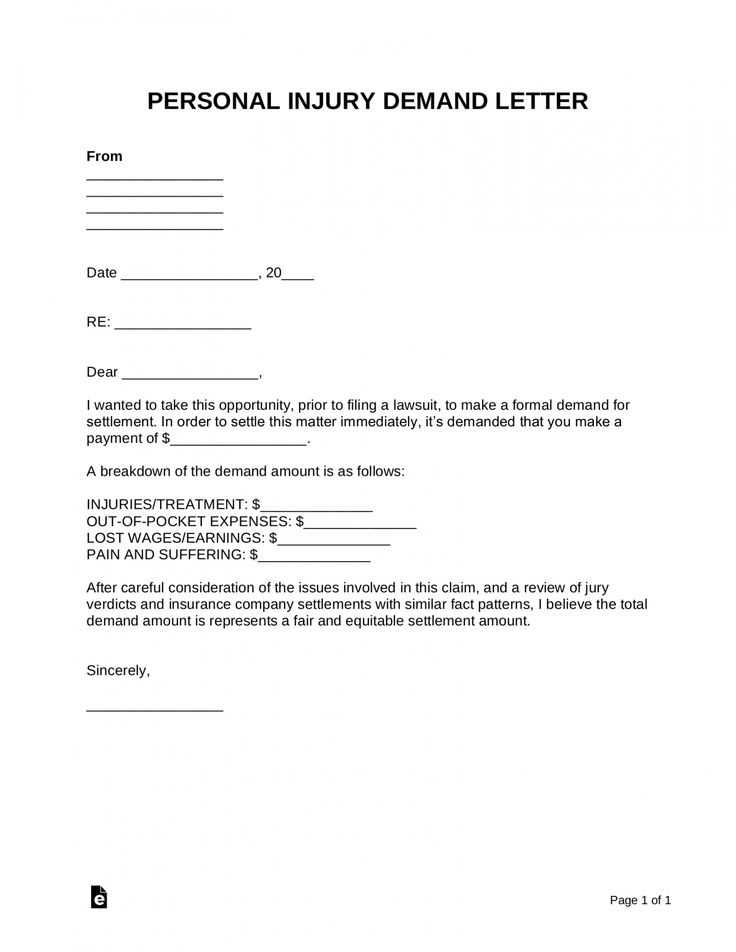
To avoid further issues, consider adding your number to national do-not-call registries. These databases help prevent marketers and automated systems from reaching you. Additionally, some phone providers offer services that block unsolicited calls automatically. Taking these extra steps can help protect your privacy moving forward.
How to Address Unwanted Call Violations Effectively
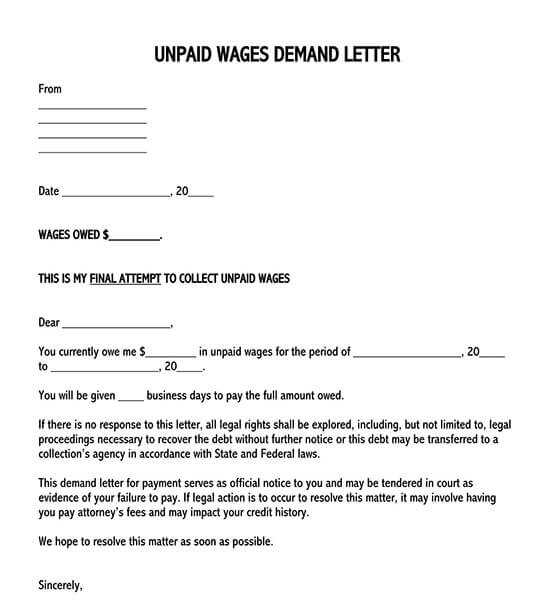
When dealing with persistent, unsolicited calls, it’s essential to take action in a clear and structured manner. By formally requesting that the practice cease, you can often put an end to the harassment while safeguarding your rights. This section provides a step-by-step approach to addressing these violations through a well-drafted communication, ensuring that you know exactly what to include, how to customize it, and what your options are if the calls continue.
Understanding Legal Grounds for Unsolicited Calls
Before taking any steps, it’s important to understand the legal protections in place against intrusive phone calls. Laws such as the Telephone Consumer Protection Act (TCPA) in the U.S. set clear limits on the use of automated dialing systems and prerecorded messages. These regulations protect individuals from receiving marketing calls without their consent. Familiarizing yourself with these laws can strengthen your position when addressing violations.
Key Information to Include in Your Formal Request
Your formal request should be clear, concise, and professional. Include your full name, contact details, and a description of the unwanted calls. Be specific about the dates and frequency of the calls you have received, and provide any reference numbers or details that could help identify the violations. State explicitly that you wish for the calls to stop immediately and that failure to comply could lead to legal action or fines.
Additionally, it’s important to mention any relevant legislation that supports your request, making it clear that you are aware of your rights and the potential consequences of non-compliance.
Options for Legal Action if the Calls Continue
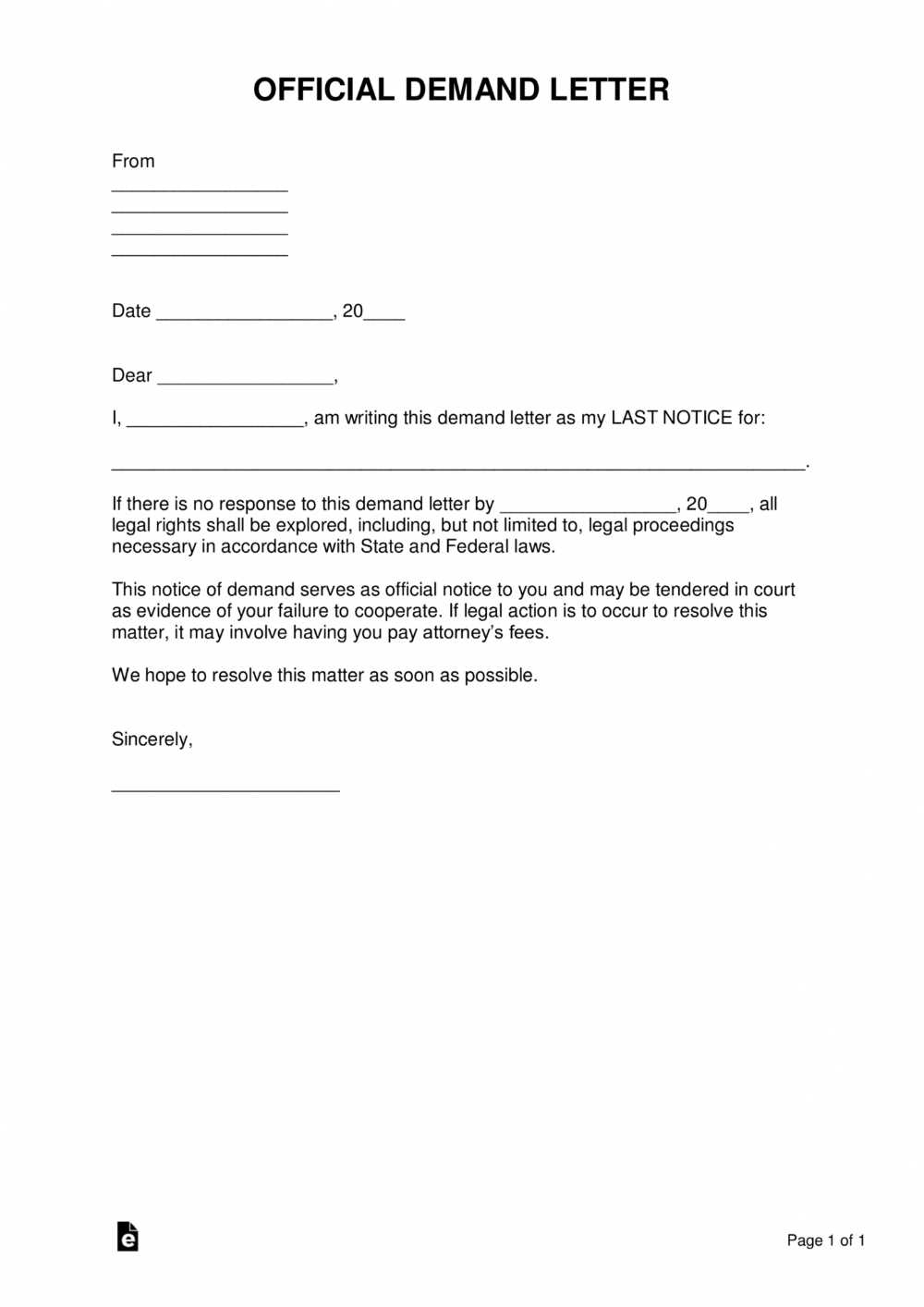
If your formal request does not result in a cessation of the calls, you may need to consider further legal steps. You can file a complaint with regulatory bodies such as the Federal Communications Commission (FCC) in the U.S. or pursue a private lawsuit if the violations continue. Consulting with a consumer rights attorney is also a prudent option, as they can advise on how best to proceed based on the specifics of your case.
In some cases, pursuing legal action may also lead to compensation for the inconvenience and potential damages caused by the violations.
Preventing Future Unsolicited Calls
To avoid future issues, it’s advisable to register your phone number with national do-not-call lists. These services prevent companies from contacting you for marketing purposes. Additionally, many phone carriers offer tools that block automated calls, further reducing unwanted interruptions. By taking these precautions, you can protect yourself from future disturbances and ensure a smoother experience moving forward.